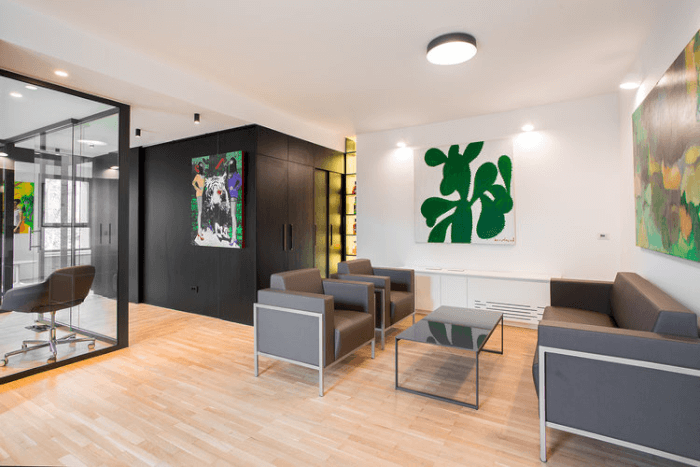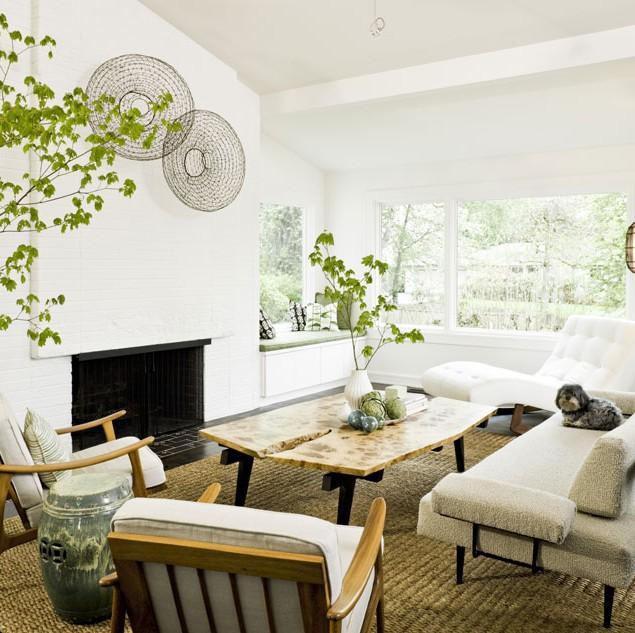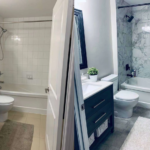The future of medical office design is leading to patient comfort and experience. It’s 2020 now, so we can expect patients to become more and more discerning when it comes to choosing where they want to go for their healthcare. Nowadays, they expect spa-like waiting rooms, fancy technology, private patient accommodations, and lavish interior design. As a result, these are becoming more common sights whenever you visit the doctor’s office.
Some people may be cynical as they look at these changes. After all, why spend so much money in redecorating with topiaries and mahogany when those funds can be better used on something else? While it’s true that patient choices can be affected by the quality of the facility furniture and decorations instead of the qualifications of the doctors, the trend of nicer accommodation facilities care around patients’ wellbeing and recognizing the needs of the patients better.
Studies show that the modern medical office design – furniture, stylish décor, and facilities can have a tangible and significant effect on patient experience, safety, and their recovery and treatment. Based on Harvard Business Review’s article, called Better Healing from Better Hospital Design, the data shows that the design of a medical facility or office can help save lives, and even improve the outcomes for patients.
How medical office design affects patient experience
It gives a restful experience
A patient’s quality of overall experience and care can be affected by noise. Noisy environments are generally stressful, and in a medical setting, sound privacy is crucial. Private exam rooms, offices, patient rooms are a great start. However, you can minimize noise if you design rooms with identical layouts instead of using mirrors. You can also add extra space between the adjoining walls.
Ceiling tiles and flooring can also affect noise reduction. Carpets are the most effective flooring when it comes to canceling sound. But since they’re too difficult to clean, they aren’t an ideal option for exam and patient rooms. They are, however, best suited to hallways and lobbies.
You can use luxury vinyl tiles as an alternative for the exam rooms and patient rooms. These tiles have acoustical cushions and have the advantage of being comfy to stand on and easy to clean. You don’t have to compromise stylish design either. You can design the vinyl tiles to mimic natural patterns like stone or wood grain.
It emphasizes on safety and comfort
Ensuring privacy through interior design has proven to make patients feel more comfortable. However, there are also other ways that medical office design can help reduce stress. Giving patients access to views of nature, reducing noise, and soothing and aesthetically pleasing surroundings are just a few of the examples. They all have contributed to reduce pain and improve the overall well-being of the patients. They have also helped shorten the length of hospital stays. These elements emphasize patient comfort without sacrificing their safety and hygiene.
It helps prevent infection
Infections picked up while in medical offices have always been a problem for the healthcare industry. However, switching to private treatment and patient rooms can help reduce the rate of infection drastically. For instance, about 30% of ICU patients can contract an infection while being treated. Redesigning the ICU facilities from multi-patient to single-patient rooms has shown to cut this rate of infection by over 50%.
Before, patient rooms were considered a luxury. But now, the overwhelming benefits that private rooms have when it comes to preventing infections and facilitating better patient recovery make them the new standard of care. What we have seen as an inefficient use of space in crowded hospitals originally is now known for its very important role in reducing the length of hospital stays and patient safety.
It helps reduce stress
Preventing infection is just one example of the many effects that medical office design can have on a patient’s experience. Many experts have talked about the ways medical office interior design can positively or negatively impact a patient’s experience. Reducing stress in patients during their stay in a medical office can boost healing and recovery.
Single patient rooms are perfect when it comes to minimizing stress because they provide some type of privacy. They block outside distractions that may disrupt rest. They can also be designed to allow in-room treatments.
In-room treatment not only enables greater comfort and privacy, but it also minimizes patient transfers that can cause stress. Not a single patient wants to be paraded through the halls to deal with an embarrassing problem, nor does one want to have someone eavesdropping in from behind the curtains. Interior windows with blinds or tinting options can balance privacy with easy visibility for the nurses and doctors, allowing them to check in on patients without disrupting their rest or disturbing them.
It has the ability to heal and soothe
Incorporating natural materials, natural light, plants, and windows overlooking greenery throughout medical offices can greatly benefit the patients. Being able to view nature has a well-documented ability to heal and soothe. Several studies have illustrated that patients with windows that allow them to view natural views had shorter hospital stays. Patients who were able to walk through the hospital gardens have reported therapeutic effects, too.
Realistic pictures of nature can also help. One study showed that when pictures of nature were hung on the wall of a clinic’s lounge, the demand for pain injections fell by 70%. So, those posters of kittens hanging from trees might not be as useless as we all probably thought.
Conclusion
Reducing noise is important in reducing patient stress and allowing them to get proper rest. Private rooms with noise-dampening designs like luxury vinyl floors and standardized layouts can make a big difference. Also, medical office design plays a major role not only when it comes to patient satisfaction, but also on healing and patient health.
Single patient rooms can prevent infection and reduce patient stress by improving patient satisfaction and providing privacy. Reducing stress and infection will allow the patients to recover faster and shorten their hospital stays. Being able to view nature through windows, gardens, or pictures can help to reduce pain and stress while promoting healing.








